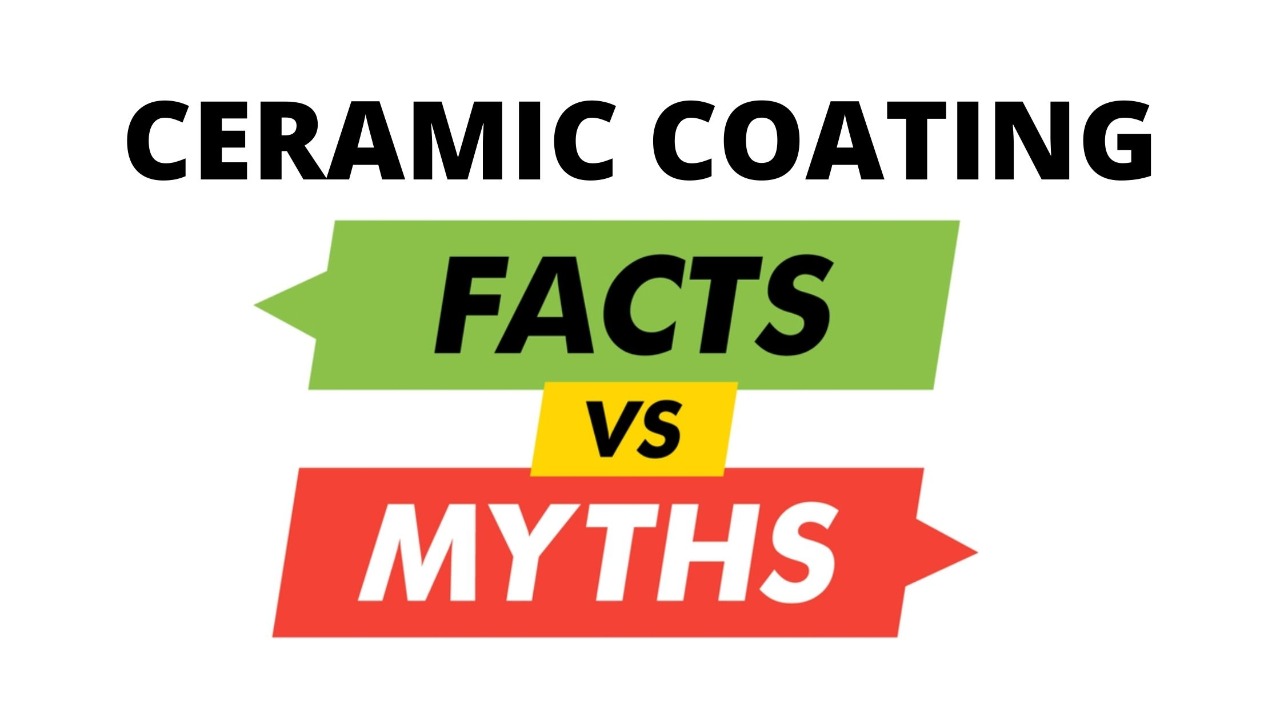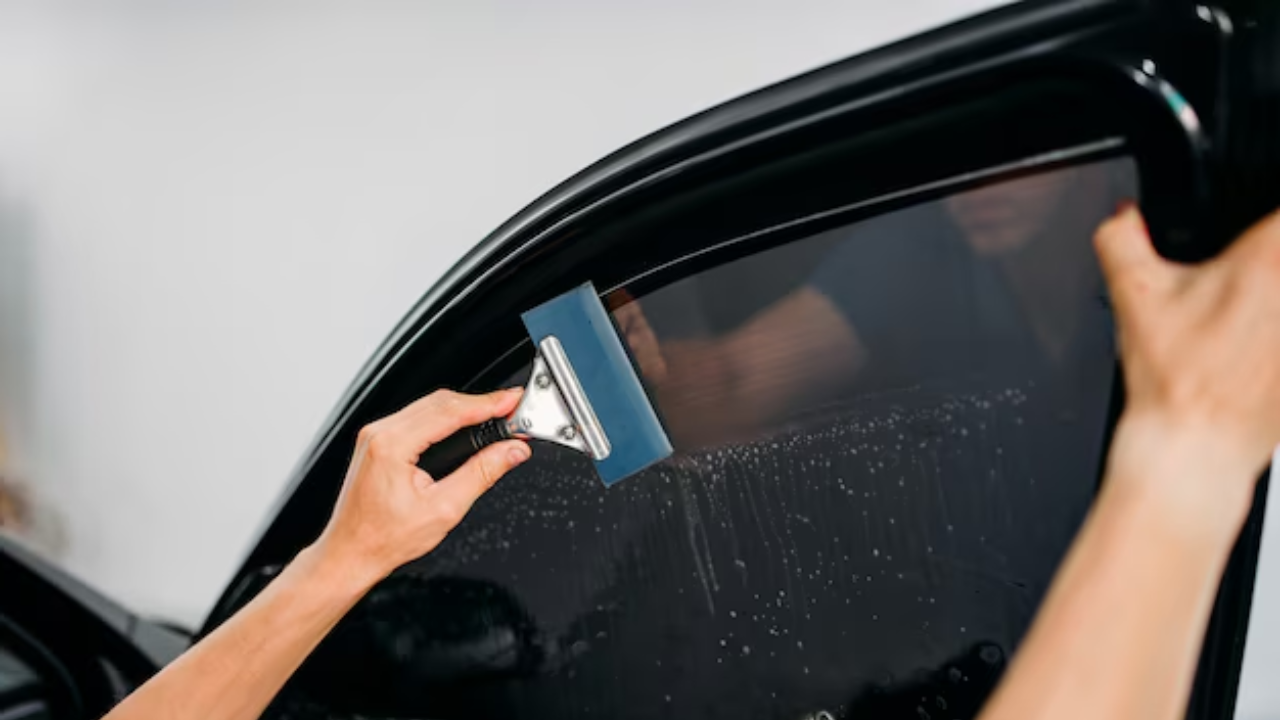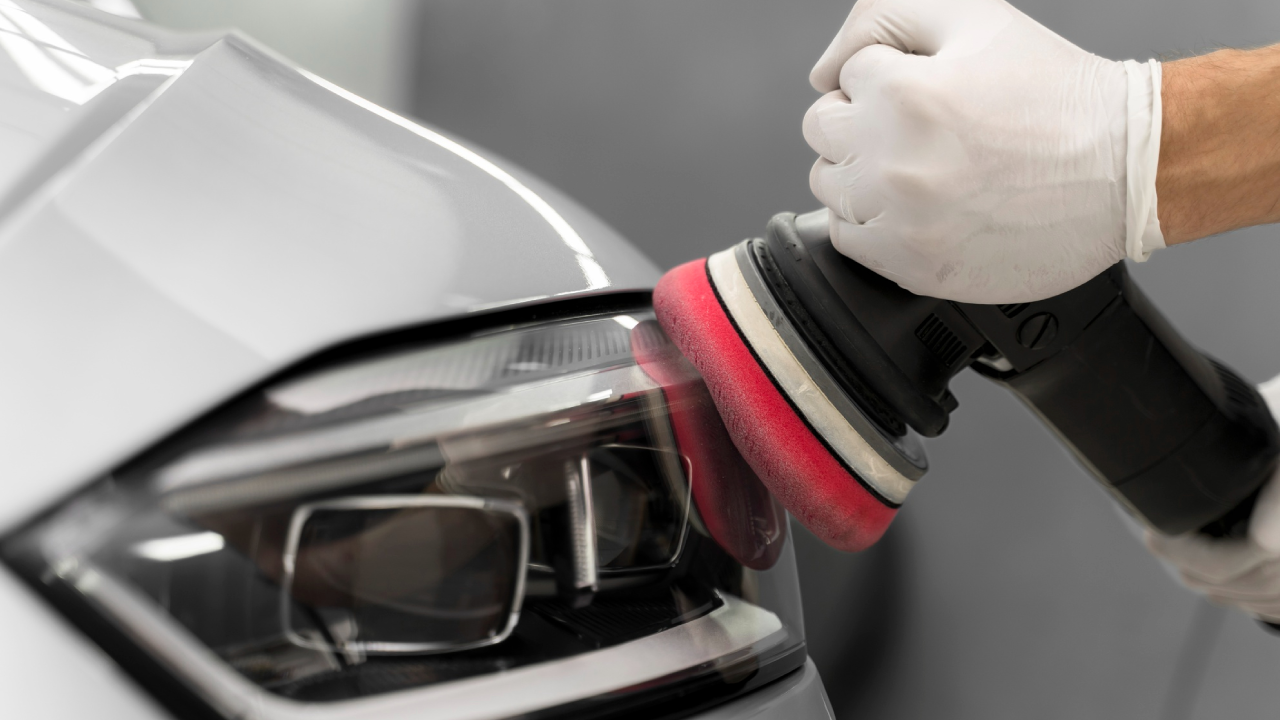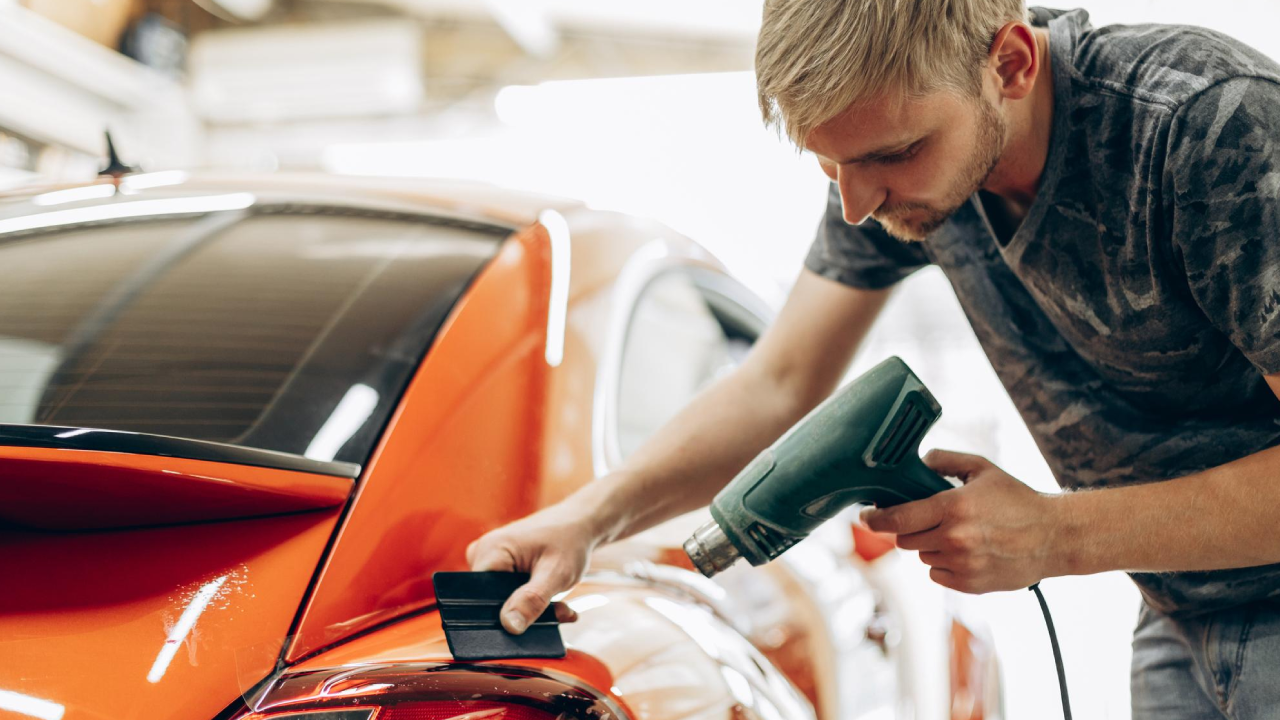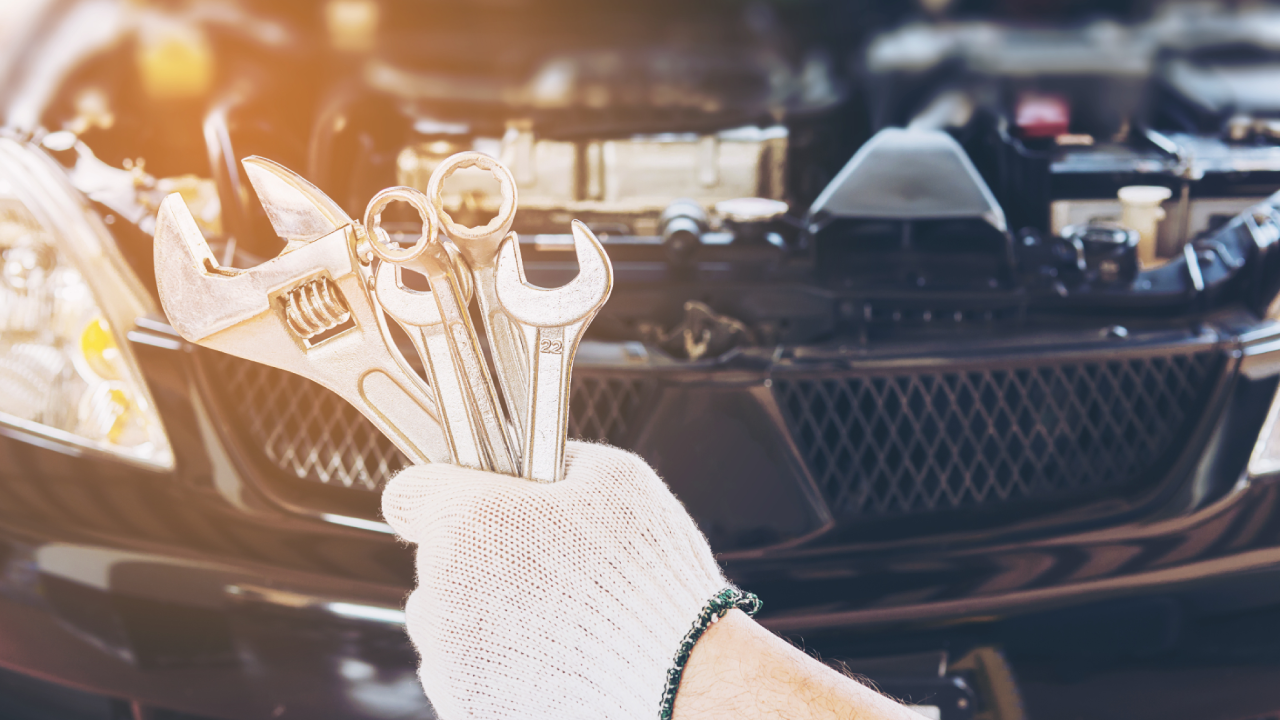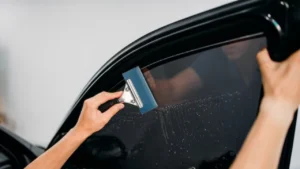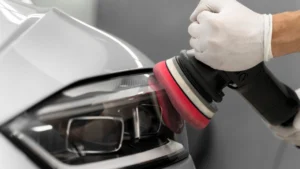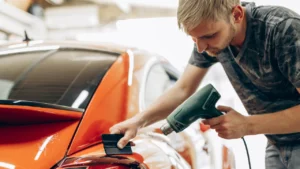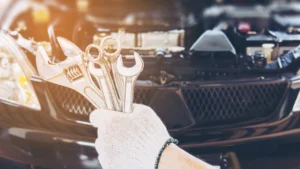If you’re here, you’ve probably heard of the seemingly magical properties of ceramic coatings. You must be wondering if all these are actually true! Could a ceramic coating really be the wonder material that your newly-purchased car needs? Or is it just another hyped-up product?
The dazzling world of ceramic coatings has a lot to offer; however, it is equally true that the ceramic coatings market is saturated with myths that can mislead you and other car owners.
Before distinguishing between ceramic coatings hoaxes and facts, let us take a peek at what ceramic coatings entail.
What are Ceramic Coatings?
Ceramic coatings are liquid polymers that bond with factory paints and shield your cars or bikes against environmental debris and spots. It helps in retaining that showroom shine and keeping your cars intact all along the way.
These coatings are hydrophobic, which makes cleaning much more seamless. And guess what? The best ceramic coating protects the cars against UV radiation, oxidation, chemical stains, bird droppings, and water spot damage.
Now that we have covered their brief introduction, let us dive into their myths and debunk them! So, that you as a car owner become experts at making better decisions without becoming prey to hoaxes or cheap products!
#Myth 1: There Is No Need For Car Washes.
It is a much prevalent misconception that ceramic coatings eliminate the need for car washes. Although the debris and dust indeed fall off much easier from the surfaces, the cars will surely be needing a wash with a high-quality automotive soap and shampoo.
These ceramic coatings are hydrophobic, meaning water slides off quickly and makes car maintenance very easy; however, if you are a car enthusiast who would like to maintain that luster, remember not to slack off!
Ceramic coatings are fabricated to prevent paint from fading away, but without a proper car wash, your car will soon lose its gloss! This is why we recommend you to use CrystalShield Ceramic Shampoo, a product specifically designed for ceramic-coated cars, and relish that pristine shine for a longer duration!
#Myth 2: Ceramic Coatings Resist Attack From Rocks.
Another common notion is that these coatings make cars rock chip-resistant; however, this is false. For any materials to be rock chip-resistant, it has to be pliable and soft enough to absorb the impact caused by the collision completely.
Ceramic coats are only a means to shield your cars against the harsh UV rays, chemicals, industry fallouts, and color fading. While these coatings efficiently maintain that regal showroom shine, do not fall for the hoaxes that these coats are rock chip resistant!
If you are looking forward to protecting your cars from rocks, you can always get a PPF to absorb the impact.
Therefore, remember that PPF and ceramic coatings are two different products with different properties and benefits.
#Myth 3: Ceramic Coatings Make Cars Fire-Resistant.
They sure do help maintain that delicate showroom shine, but they are not fire-resistant! There goes another false myth. Commercials that show fire tests often are misleadings. For starters, using a low-temperature flame only leaves a mild black residue that can be wiped off.
Instead of saying ceramic coatings are fire-resistant, we can say they have a temperature resistance of up to 250 degrees celsius; they are not fireproof. Besides, a car fire usually emerges from the combustion unit of the car, which means that a ceramic coating would not be preventing it.
The maximum we can vouch for is that they are adept at shielding the cars against heat and UV radiation. Anything above that would consume your car in embers! So, the fire-proof status is a big gimmick!
#Myth 4: They are Not Chemical Resistant.
While some myths make these coatings look much more appealing, some myths do the opposite! Thankfully, the myth that they are not chemically resistant is absolutely a hoax. This surely comes off as a relief, undoubtedly. If you ever find a ceramic coating that fails to protect your cars against abrasive chemicals, it indicates that the product sold to you was a fake replica.
In fact, these ceramic coatings can resist pH between 2 to 12, which implies that your car would be receiving all-rounder protection from the chemicals around you! Bird droppings can’t harm your car anymore.
You can always get a high-quality ceramic coating on your car and get protection from a 9H coating hardness. This coating will ensure that the paint does not fade away due to the chemicals, thereby maintaining the showroom shine and finish!
#Myth 5: Ceramic Coatings Are Scratch-Proof.
Did you know that there is a striking difference between being scratch-resistant and scratch-proof? If not, we can deduce that this confusion is the root cause of this myth.
Ceramic coatings are only layers of protection that can resist scratches, but that does not mean they are scratch-proof! These ceramic coatings are only capable of enduring up to 30% of minor scratches and swirls.
Any company that claims otherwise is deceiving you. The primary purpose of these coatings is to ensure that these coatings prevent color fading and stains caused by the atmosphere and other factors and to keep the new car’s shine and gloss maintained over time.
So, do not rely on ceramic coatings to shield your cars against large scratches! Instead, it is advised that you stay cautious and protect your car by not indulging in rash driving or abrupt turnings in claustrophobic locations.
#Myth 6: They are Self-Healing.
The polymeric substances are only adept at absorbing microscopic scratches; however, this property is insufficient to deem them self-healing. Ceramic coatings are usually 3 to 4 microns, and some ceramic coats in the market are deft at self-healing. However, self-healing is only true up to 1 micron, hardly enough considering the environment in India.
Paying a premium for a self-healing ceramic coating is just not worth it, especially in Indian conditions. If you are looking for self-healing products, you might choose to go with PPF instead because these coats possess a better self-healing ability. PPFs contain around 15-20 microns of self-healing topcoat and their elastomeric properties mean they are better at impact resistance as well.
#Myth 7: Ceramic Coatings are all the same!
People often are prone to the thinking that all the ceramic coatings are the same. However, let us clear it out. All ceramic coatings are not the same. The level of protection they offer depends on various factors like the coating hardness levels, grade and volume of SiO2, and the company you are availing these products from.
Ceramic coatings come in varying degrees of hardness like 6H, 7H, 9H, and 10H. A simple pencil hardness test is employed to assess its durability, and naturally, the prices would vary with the hardness levels. However, if you find detailing stores marketing 12H or 15H ceramic coatings, it is fake because there are no pencils of 12H hardness!
Another important point is the quality of raw material used. SiO2 or Silicon Dioxide is the main ingredient of a ceramic coating, and it comes in various grades. For comparison, glasses (also made of SiO2) come in various qualities and clarity as well. So, a lot of factors determine the quality of a ceramic coating. Hence, getting it availed at a reputed studio/of a reputed coating brand is important.
All Ceramic Coatings are NOT created equal!
Wrapping it Up
Ceramic coatings are excellent layers of protection that augment the showroom shine and screen your car against minor scratches, UV rays, and chemical abrasions. We are positive that the cloud of doubts and confusion surrounding your mind has disappeared by now!
However, be sure to do your fair share of research before going on with a ceramic coating because being better informed prevents you from falling into trap lairs! Remember to buy these ceramic coatings only from reputed brands like CarzSpa! After all, you and your cars deserve the very best!

